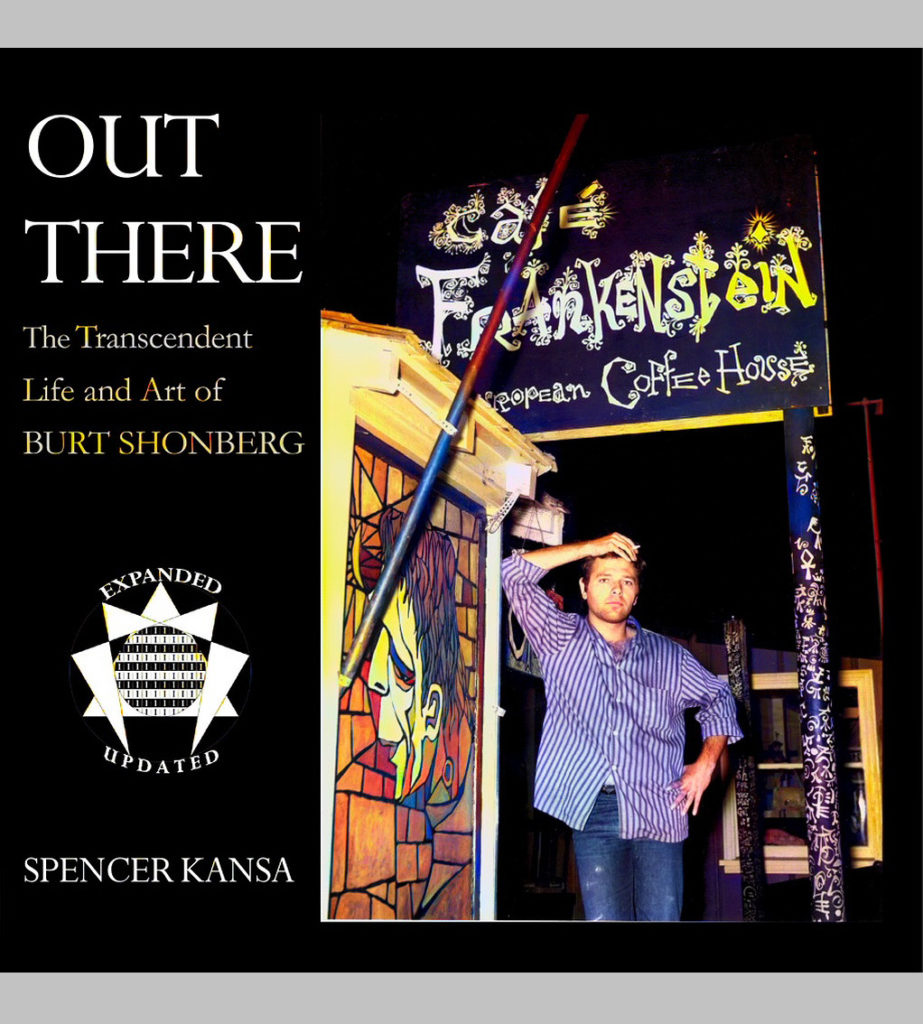
Tag Archives: aleister crowley
Ruthvah
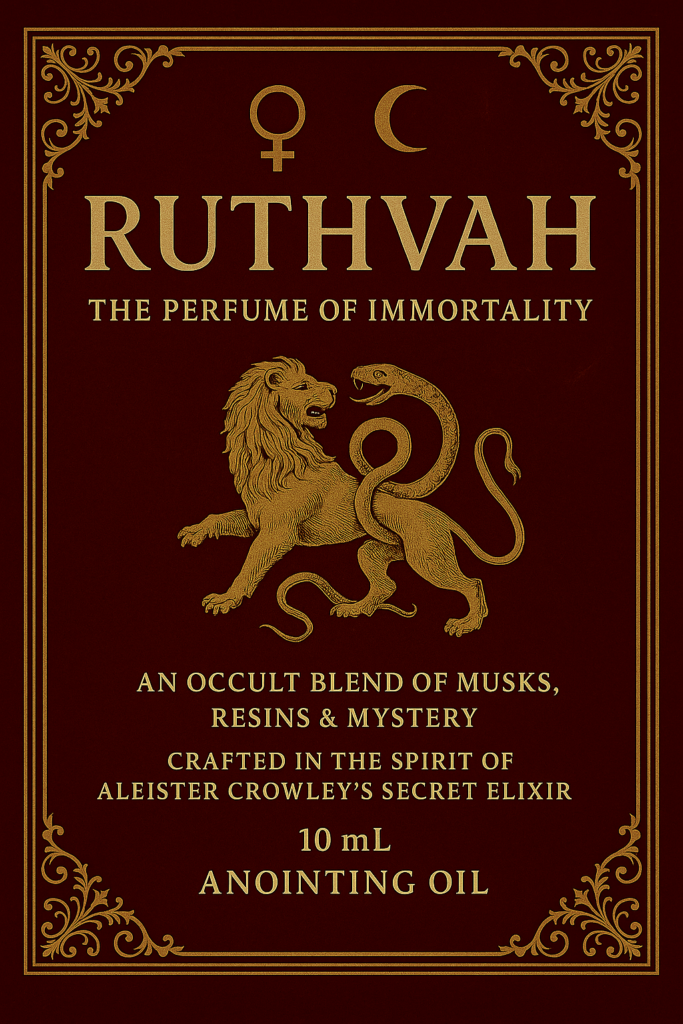
Important Notice – Shipping of Oils to the United States
Due to recent changes in tariffs and import regulations, we are temporarily unable to ship our oils to customers in the United States.
This restriction applies only to our oil products; all other items remain available for international shipping as usual.
We appreciate your patience and understanding while we review the new requirements and work to restore full service as soon as possible.
🌟 Ruthvah — The Perfume of Immortality
First named by Aleister Crowley, Ruthvah was described as “the perfume of immortality” — an occult blend crafted for those who walk the liminal path between life and eternity.
Reimagined through Aromagick, this modern formulation embodies raw magnetism, ancient sensuality, and the ocean’s timeless whisper. Its heart is built on three potent pillars:
- Civet-like (Animalia-CMP) — primal allure, a whisper of the forbidden, the untamed heartbeat of the wild.
- Musk (Animal free) — deep, velvety animal warmth, the call of the body and the soul.
- Absolute Ambergris — tidal memory, lunar intoxication, the alchemy of sea and star.
All ingredients are 100% cruelty-free, chosen to honour both the tradition and the living world.
The result is a scent both intimate and otherworldly — an unbroken thread to the rites of old, a charm of power worn upon the skin.
✨ Each bottle is made to order.
Ruthvah is a consecrated perfume, blended and charged according to the moment, the moon, and the magician’s art. Please allow time for its creation and preparation before dispatch.
Details & Purchase
Ruthvah Shipping Update
The next batch of Ruthvah — The Perfume of Illumination will be ready for dispatch on December 15th.
All orders placed before this date will ship as soon as the new batch is prepared.
Order your bottle now:
- Volume: 10 ml roll-on bottle
- Pre-order Price: UK £30
- Oil blends are non-refundable and cannot be returned.
About the Maker
Diti J. Morgan, author of Aromagick, is an aromatherapist, artisan perfumer, and witch whose work unites myth, magic, and scent into living ritual art.
Ready to anoint yourself with eternity?
Invite Ruthvah into your practice — and carry the immortal breath with you.
What Practitioners Say:
“Hi, I received the Ruthvah yesterday. It’s comparable to Chris Brays of the late Sorcerer’s Apprentice. I love it!” — W., UK.
Celestial Arcana
Featured
Precession, Tarot & The Secret Doctrine
Titus Salmon
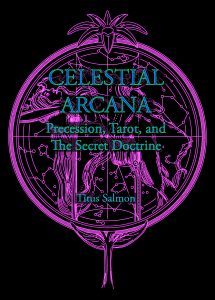
Celestial Arcana
Precession, Tarot & The Secret Doctrine
Titus Salmon
Format: Hardback
ISBN: 978-1-906958-80-0
Subjects: Cosmology/Astrology/Tarot/Divination/Occult/Theosophy
This book is an in-depth study of Tarot symbolism, with a particular emphasis on the various myths encoded within, and how they relate to the phenomenon of precession, and the Secret Doctrine of Aeonic succession. Much of the symbolism is shown to have been derived from ancient Egyptian, Celtic, Hellenistic, and medieval customs, rituals, and myths. One of the main theses developed within the book is that the ultimate source of the symbolism is preeminently Egyptian, and can be traced at least as far back to the Age of Taurus (c. 4200-2100 BCE).
The annual flooding of the Nile River, and its connection to the star Sirius was of paramount importance during this era, and it is demonstrated how much of the mythology and symbolism of later Ages and cultures are actually derivations from this fundamental mythos – in which the Mother Goddess was revered rather than vilified, as the case has subsequently become during the Ages of Aries and Pisces. For example, it is postulated that the Biblical account of the Fall of Humanity can be interpreted as a record in astromythological form of the usurpation of the ancient stellar and matriarchal cosmology – in which the Great Mother was preeminent – by the solar and patriarchal regime in which Jehovah became the central deity. Although it is undeniable that our current Age is characterized by many aspects of a bellicose patriarchy, it is suggested that this is a regime losing its foothold, to be supplanted in the (relatively) near future with a more egalitarian cosmology.
The ancient Egyptians were quite aware of the phenomenon of precession well before it was “discovered” by Greek astronomer Hipparchus during the Hellenistic era. In fact, Plato recounts how the Egyptian priests of the 7th century BCE maintained that they had knowledge of multiple precessional cycles (each one comprising 24-26,000 years; i.e. the Great Year), and the concomitant periodic destruction of humanity through various celestial cataclysms – from which they were invariably saved due to their proximity to the Nile. This cycle is shown to have been recognized by ancient Hindu cosmologists, leading to their development of the concept of Yugas – wherein each Yuga represents a portion of the Great Year, with its own celestial characteristics that determine the relative level of spiritual advancement of humanity as a whole. This in part constitutes the so-called “Secret Doctrine” of Aeonic succession throughout the course of the Great Year.
The structural components of the celestial sphere are shown to be keys to unlocking much of the symbolism behind various esoteric constructs and symbols, such as the Kabbalistic Tree of Life, Yggdrasil, the Enneagram, the Great Seal, and the Porta Alchemica. These keys are then applied to the Major Arcana in a multifaceted approach that considers astromythology, equinoctial precession, and ancient modes of chronometry in the examination of trump attributions.
Previous systems are discussed, drawing from various historical sources, such as Arthur Waite, Aleister Crowley, A. E. Thierens, Eliphas Levi, and Antoine Court de Gebelin. The tradition of ascribing a Hebraic letter to each of the 22 trumps is also addressed, and a new system is proposed. This system interprets the threefold categorization of the Hebraic alphabet into the “3 mothers”, “7 doubles”, and “12 simples”, according to the celestial mechanism of precession.
The work of Gerald Massey is drawn from throughout the book. Massey was considered to be a self-initiate into the “Secret Doctrine” by H. P. Blavatsky, and Crowley listed him as one of the Chiefs of the “Argentium Astrum”. Much that is obscure in Crowley’s Tarot doctrine is clarified via reference to Massey’s extensive writings on the astromythology of the ancient Egyptians.
The book is illustrated with over 270 images consisting of tables, diagrams, and pictures. Also included is a thorough bibliography and index; references include over 680 footnotes. Total word count = 103,623 (402 pages).
Elmer Crowley
Featured
A Katabasic Nekyia
Tom Bradley
(illustrated by David Aronson & Nick Patterson)
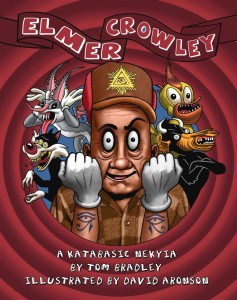
Elmer Crowley / USA & AUS / $22.00
Elmer Crowley
A Katabasic Nekyia
Tom Bradley, David Aronson, Nick Patterson.
Format: Softcover/132 pp – illustrated – many in colour.
ISBN: 978-1-906958-55-8
US $22.00 / UK £15.00
Subjects: Aleister Crowley & Thelema/picaresque graphic novel.
In Elmer Crowley, Tom Bradley dismantles and re-welds biography, novel, creative non-fiction and metaphysical treatise into a bizarre satire. Aleister Crowley, alias ‘The Anti-Christ’, has bungled his karma and ended up the Looney Tune character Elmer Fudd.
The whole outlandish premise plays out as a mockery of occultism’s darkest delusions. The subtitle means a descent into a ritual by which ghosts are invoked to divine the future.
The narrator is the incarnated ghost of Crowley. He and Hitler are sometimes compared for the similarities of their occult-based belief in “Do As Thou Wilt” as justification for turning hapless followers into “stringless marionettes.” Crowley’s opening words refer to Hitler as his “magickal child,” setting the moral tone for what follows. Numerous themes branch out from this initial assertion with key scenes wickedly illustrated, adding ‘graphic novel’ as yet another misleading describer of Bradley’s furcated katabasis.
Crowley, Fudd, Hitler, Buddha, Yeats, Heliopolitan hierophants, the Goddess Baubo, assorted “Nilotic dream despots”, a carrot-eating Madame Blavatsky, Bugs Bunny, Daffy Duck and their Warner Brothers producer, Leon Schlesinger bounce and boing their way across human history. These are the launch points for Bradley’s inquiries into questions of meta-ethics and truth against a background of “Esoteric Hitlerists.”
Crowley’s tragic flaw is his fixed idea that “magick is done to the strains of incantatory monotony, not self-conscious art.” This translates into control of non-questioning followers to serve his ends, noting with admiration that the A-bomb is “the most magickal blackjack to come swinging along since the sage Aurva armed his king with the fire missile in the Vishnu Purana.”
Crowley and Fudd share a speech defect: the inability to pronounce the R sound (“that wascal wabbit”). “Many fine magi,” Crowley claims, “perhaps even a slim majority… are poorly spoken.” That would include (besides Buddha and Hitler’s doctor) Leon Schlesinger, the money behind the Warner Brothers cartoons. Crowley and Schlesinger meet at a Hollywood orgy over a shared pederastic interest in a youth who also has a speech impediment. Whether Elmer Fudd’s “babbling weakness” on screen is a gibe at Crowley’s lisp is something the reader will have to determine. Either way, reincarnation as a lisping Looney is not an inapt destiny for the Anti-Christ who infamously wrote in his Confessions, “direct injury [is] the proper conjuration to call up gratitude.”
Doing as one wills, central to Crowley’s philosophy of Thelema, easily leads to a perverted will to power. Crowley realises after it’s too late that his magick act stinks. “Is ‘wayward sorcery’ a damnation offence as [Madame Blavatsky] proclaimed?” All you need is love, not will. As Bradley has stated elsewhere, “The universe runs on a Theosophical rather than a Thelemic dispensation.”
Elmer Crowley may confound those who want their words to move through books like soldiers in formation and come to a uniform halt at the end. But readers willing to navigate outside the usual throughways will find themselves in the higher vistas of this rich and complex tome, slim enough for the slow and multiple readings it deserves. – John-Ivan Palmer
REVIEWS:
Reading Elmer Crowley is like reading Crowley’s inner dialogue at 3am, after an intensive journey into his own inner abyss. It is, therefore, a magickal working that Crowley himself would be proud of.
– Gwendolyn von Taunton, author of Northern Traditions
Of Aleister Crowley’s many fictionalizations, this novel gets best into his head. Erudite, prideful, lascivious, funniest man of his time, and the mightiest spiritual spelunker–he speaks and shouts from these pages as clearly as he did in his Autohagiography, which is paradoxical, given the irreal setting.
– Barry Katz, HTMLGIANT
This book…captures the feel of Crowley with his bawdy, politically incorrect irreverence, his arrogance and his committed magickal spirituality and awareness.
– Charlotte Rogers, author of P is for Prostitute
The voice is dead perfect…I can’t imagine a hip Thelemite NOT having this book in her library.
– Don Webb, author of Through Dark Angles, former High Priest, Temple of Set
This self-described “picaresque graphic novel” reads like an account of Crowley’s death-bed fever dream or an afterlife bardo journey gone terribly wrong, wherein the fifty-eight Wrathful Deities take on the aspect of warped and sinister versions of Looney Toons archetypes…. the result reads like a trippy, post-mortem, long-lost epilogue to The Confessions.
– Richard Kaczynski, author of Perdurbo: The Life of Aleister Crowley
Taromancy
Featured
Gerald Boak
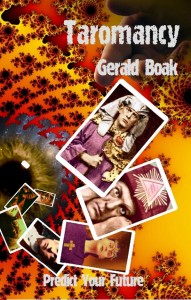
Taromancy
Gerald Boak
Format: Softcover/210 pp.
ISBN: 9781906958336
£12.99+p&p / US$22.00+p&p
Click HERE for UK edition
Click HERE for USA & Elsewhere
A simple set of 84 oracles, based on the Thoth Tarot, that one does not need a card deck or an experienced reader in order to consult! Simply think of a question, then either toss a coin or dice in the prescribed manner. Then read your answer.
The 84 Taromancy oracles were first published in 1985. They were intended for the experienced hand at divination, and have remained in widespread demand ever since. This fully revised edition, contains the same oracles but in less technical language, will appeal to those only now setting out to explore fortune telling. After a quarter of a century in use, I believe their following justifies this major revision.
Apart from their plainer style, a new Summary and in-depth Conclusion now accompanies each oracle. These replace the earlier and limited Notes, and explain even the smallest areas of interest. Together with extra and helpful background material in the first three chapters, I believe these sizeable additions will provide a more complete and user-friendly tool of divination.
Finally, and on a purely technical note, the astrological aspects behind the oracles agree with the work of Aleister Crowley in his dictionary of correspondences, Liber 777 vel Prolegomena Symbolica ad Systemam (etc.) published privately in 1909 and adopted since as a standard work of reference. Two of those correspondences were amended in his 1944 edition of The Book of Thoth. In that book Crowley made a fundamental error in his Key Scale of the tables, incorrectly assigning Aries to tarot trump XVII and Aquarius to trump IV, whereas, and by his own admission, they should be counterchanged. Fearing more hawk-eyed diviners will question my choice of attributions, I thought it safest to explain in advance.
